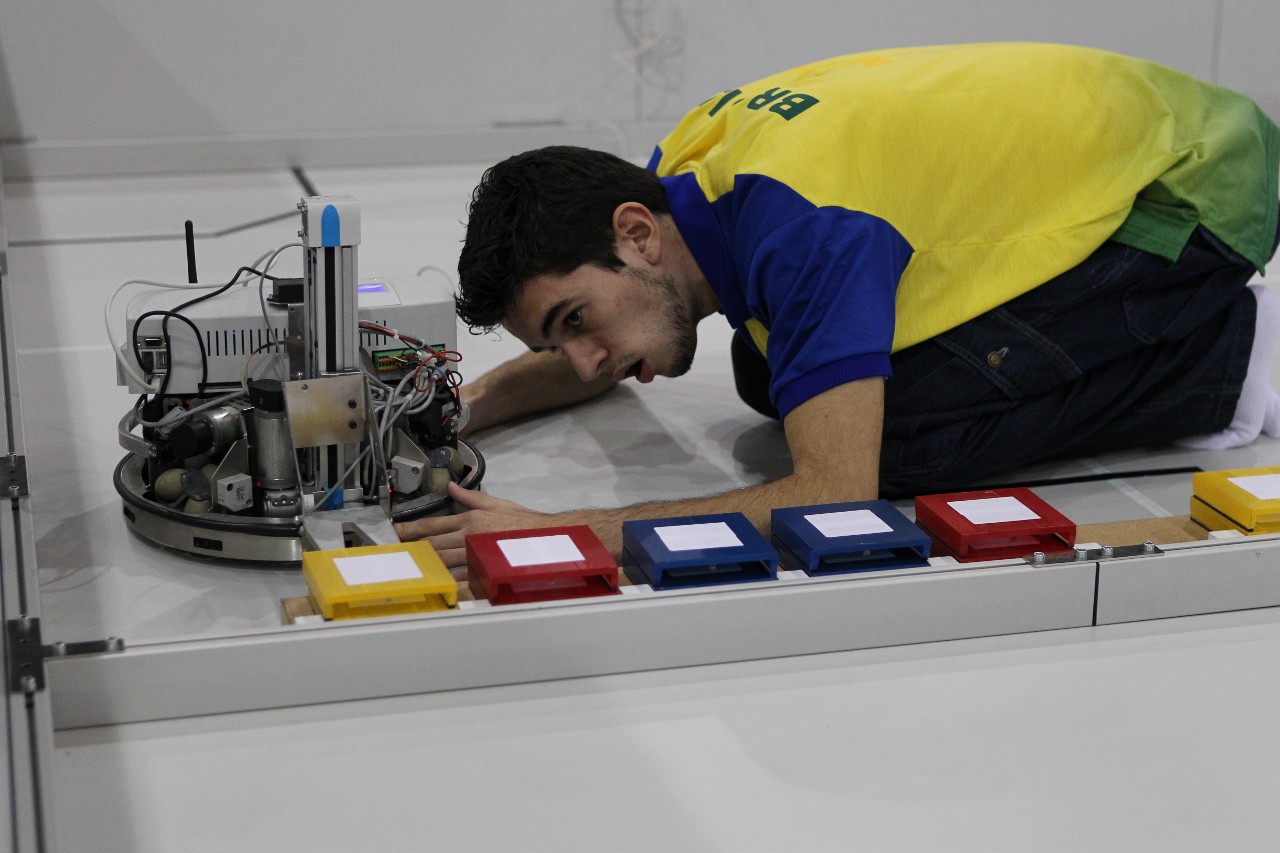Mobile Robotics 23
Mobile Robotics is a fast evolving, solutions orientated, industry within which the robotics engineer is a significant and growing work role. Mobile robotics is an important part of the industry, with applications in diverse industries, including manufacturing, agriculture, aerospace, mining, and medicine.
A robotics engineer works in offices, manufacturing plants or laboratories; he or she designs, maintains, develops new applications and conducts research to expand the potential for robots. The role begins with a strong focus on a specific business problem, in a particular sector. For example in manufacturing there may be a need to increase capacity by creating robots for tasks that can be automated. Mobile robots may also be designed to explore areas that are inaccessible or dangerous for human beings.
Careful, deep client consultation is required, resulting in an accurate specification. The design phase follows and a prototype is assembled. The robot is then programmed and tested to ensure high, consistent performance. At the heart of every robot is a robotics engineer who thinks about what a robot needs to do and works with several engineering disciplines to design and put together the optimal piece of equipment, demonstrating a commitment to attention to detail. In this instance the robotics engineer uses existing technologies to create solutions to new challenges. He or she is not creating new (robot) technology.
Robotics engineers must be familiar with logic, microprocessors, and computer programming so that they can design the right robot for each application. They must also prepare specifications for the robot's capabilities as they relate to the work environment. In addition, robotics engineers are responsible for cost efficient design, cost-price calculations and quality-control.
Integral to the role of the high performing robotics engineer are a range of skills related to work organization and self-management. Excellent communication and interpersonal skills, with a particular strength in working well in a team, are equally important. An ability to be innovative and creative in resolving technological challenges and generating solutions is also essential.
Working across sectors internationally and being able to transfer analytical skills is a feature of the excellent robotics engineer, together with a commitment to continuing specialist and professional development and a determination to resolve problems through experimenting and risk taking within self-managed boundaries. In an increasingly global industry, which is ‘breaking new ground’ and altering the way we live and work, there are significant opportunities for sustainable careers in robotics engineering. The opportunities carry with them the need to work with diverse cultures, industries and fast paced technological change. The diversity of skills associated with robotics engineering is therefore likely to expand.
Required skills
Mechanical and electronic skills, sensor and drive technology, programming, basic mathematics, read and interpret technical drawings, problem-solving skills, team working.
Career info
Mobile Robotics is a trending and fast-evolving field with applications in diverse industries, including manufacturing, agriculture, aerospace, mining, and medicine.
A robotics engineer designs, maintains, develops new applications, and conducts research to expand the potential for robots.
Client consultation results in an accurate specification around the design and function requirements of the robot. The iterative design phase follows and a prototype is assembled. The robot is then programmed and tested to ensure consistent performance.
Robotics engineers must be familiar with logic, microprocessors, and computer programming so that they can design the right robot for its intended application. They prepare specifications for the robot's capabilities, and are responsible for cost efficient design, cost-price calculations and quality control. The ability to innovate, experiment, transfer analytical skills, and generate solutions to resolve technological challenges is essential.
At the Competition
Competitors will be expected to carry out two tasks over four days of the Competition using the provided robots. The tasks will mainly include the programming of the robots to carry out different sequences in two different arenas. Besides programming, the teams have to test, to adjust sensor values and parameters, assemble and connect peripheral equipment and/or tools and make final test runs. In the case of hardware problems, teams must be able to do troubleshooting and repairs on hardware and connections.

